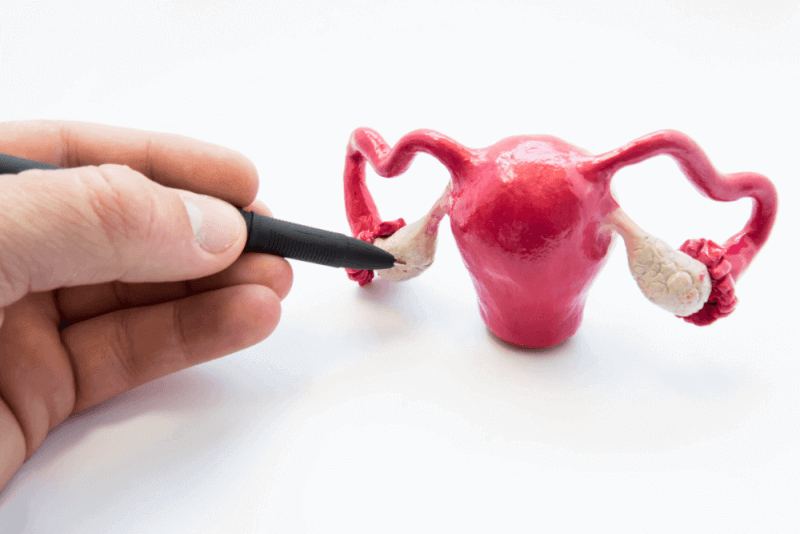What is an Epidural Birth?
An epidural is a form of regional anesthesia used to block pain in a specific area of the body. The goal of an epidural is to provide analgesia, or pain relief, rather than anesthesia, which results in total loss of feeling.
Therefore, an epidural causes a loss of sensation. It blocks nerve signals from the lower spinal segments, which leads to a decrease in sensation in the lower half of the body.Epidural drugs belong to a class of drugs called local anesthetics.
They are often given in combination with opioids or narcotics such as fentanyl and sufentanil to reduce the amount of local anesthetic needed. This combination provides pain relief with minimal effect. These drugs may also be combined with epinephrine, fentanyl, morphine, or clonidine to prolong the effect of the epidural or to help maintain the mother’s blood pressure at the correct level.
How is an Epidural Administered?
Intravenous (IV) fluids are started before active labor begins and before the epidural is placed. During the labor process, about 2 liters of IV fluid are administered. The epidural is administered by an anesthesiologist, obstetrician, or anesthesia nurse.
While lying on your side or sitting up, the back is curved and kept still. This position is crucial for preventing complications and increasing the effectiveness of the epidural. The following steps are involved in administering an epidural:
- To minimize the risk of infection, the circular area in the middle of the back is cleaned with an antiseptic solution. Local anesthesia is injected into a small area of the back to numb it. Then, a needle is inserted into the area surrounding the lower spinal cord.
- A small tube or catheter is threaded through the needle into the epidural space. The needle is then carefully removed, and the catheter is left in place to deliver medication either by periodic injections or continuous infusion. The catheter is secured with tape to prevent it from slipping.
- About 10 to 20 minutes after the first dose of medication, the numbing effect begins to be noticeable. However, the nerves in the uterus begin to numb within a few minutes. Medication is continuously administered through the catheter for the remainder of the labor.
Types of Epidurals
Today, there are two main types of epidurals commonly used. Hospitals and anesthesiologists may vary in their dosages and combinations of medications. Therefore, it is important to consult the experts at the hospital about this.
Regular Epidural
After the catheter is placed, a combination of narcotics and anesthetics is administered either by a pump or by periodic injections into the epidural space. Narcotics such as fentanyl or morphine are used instead of higher doses of anesthetics like bupivacaine, chloroprocaine, or lidocaine. This helps reduce some of the side effects of the anesthetic.
Combined Spinal-Epidural (CSE)
Sometimes, a spinal block is used alongside an epidural during labor to provide immediate pain relief. The combined spinal-epidural is administered by injecting medication into the lower back.
While sitting up or lying on your side, a small amount of medication is injected into the spinal fluid to numb the lower half of the body. This method works quickly and effectively to relieve pain and typically lasts only 1 to 2 hours, often administered only once during labor. The epidural continues to provide pain relief after the spinal block wears off.
Advantages of Epidural Birth
Epidural birth offers several advantages, primarily the relief of pain during labor. These advantages include:
- It is an extremely effective method of pain relief that can be used throughout the labor process.
- The anesthesiologist can adjust the type, amount, and strength of the medication, which is crucial because the dose may need to be increased as labor progresses and the baby moves down the birth canal, or if pain is felt in a different area.
- The medication affects only a specific area, allowing you to stay awake and alert during labor and delivery. Since you are not in pain, you can rest or even sleep as the cervix dilates, conserving energy for when it’s time to push.
- Unlike systemic narcotics, very little medication reaches the baby.
- Once the epidural is in place, it can be used to provide anesthesia if a cesarean section becomes necessary or if the tubes need to be tied after delivery.
Risks of Epidural Birth
Epidural birth is a very safe method of delivery, but it does carry some risks. The risks associated with an epidural birth include:
- You must remain still for 10-15 minutes while the epidural is being placed.
- It takes about 20 minutes for the epidural medication to take full effect.
- Epidurals can cause a sudden drop in blood pressure. Therefore, it is important to regularly monitor blood pressure to ensure adequate blood flow to the baby. If there is a sudden drop in blood pressure, treatment with IV fluids, medication, and oxygen may be necessary.
- A severe headache may occur due to a leak of spinal fluid. Less than one percent of women experience this side effect. If symptoms persist, a procedure called a blood patch may be needed to relieve the headache.
- Since the epidural can make pushing more difficult, additional interventions like forceps or a cesarean section may be necessary.
- Numbness in the lower half of the body may persist for several hours after delivery, necessitating assistance when walking.
- In rare cases, permanent nerve damage can occur at the site where the catheter was inserted.
- Some babies may experience difficulty sucking, which can lead to challenges with breastfeeding.
- There can be an increase in respiratory depression, malposition, and changes in fetal heart rate.
- Shivering
- Ringing in the ears
- Backache
- Pain at the injection site
- Nausea
- Difficulty urinating








